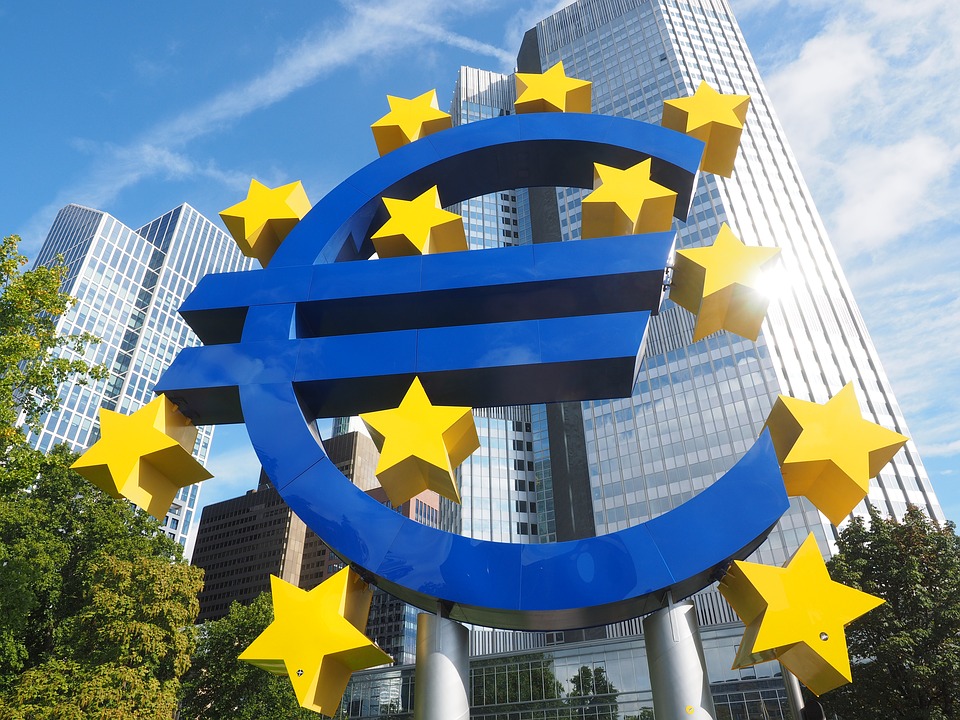Short-dated euro zone bond yields hit highest in over a decade
Late on Wednesday, European Central Bank President Christine Lagarde reiterated the central bank would keep raising rates to dampen price pressures, repeating the bank's most recent guidance. Then on Thursday, data showed U.S. producer inflation was higher than expected in January, further bolstering expectations that the Federal Reserve will push up borrowing costs further.

Shorter-dated euro zone government bond yields hit their highest levels in more than 10 years on Thursday, as the realisation continued to dawn on investors that central banks are far from finished raising interest rates. Late on Wednesday, European Central Bank President Christine Lagarde reiterated the central bank would keep raising rates to dampen price pressures, repeating the bank's most recent guidance.
Then on Thursday, data showed U.S. producer inflation was higher than expected in January, further bolstering expectations that the Federal Reserve will push up borrowing costs further. Germany's 2-year yield, which is sensitive to changes in policy rate expectations, was last up 2 basis points (bps) to 2.891%, a 14-year high. Yields move inversely to prices.
"This current sell-off is expected in my view, because the January rally was a bit overdone," said Evelyne Gomez-Liechti, multi-asset strategist at Mizuho. "The market is just readjusting to this new macro data." Italy's 2-year yield rose to its highest since August 2012 at 3.465%, up 6 bps on the day.
"Lagarde once again affirmed a 50 bp rate hike in March," said Jens Peter Sørensen, chief analyst at Danske Bank. "Given earlier comments from other ECB officials, it supports the view that ECB is not done hiking after the March meeting given the current inflationary pressure."
The ECB has promised a 50 bp increase at next month's meeting, which would take the deposit rate to 3%. Traders' bets on where rates will end have soared to over 3.6%, while expectations of monetary policy easing through 2024 have eased.
The picture is similar in the United States, where stubbornly high inflation and a strong payrolls report have pushed peak rate expectations for the Federal Reserve above 5.3%. "We've seen quite a big move in the Fed terminal rate and a dramatic decline in rate cuts priced by the back end of the year and I think euro zone yields have been dragged along with that," said Lyn Graham-Taylor, senior rates strategist at Rabobank.
Germany's 10-year yield, seen as the benchmark for the euro area, reversed an earlier fall and was last up 4 bps at a more than one-month high of 2.514%. The yield stood below 2% in January as falling energy prices boosted optimism that rate hikes might soon end.
The ECB is expected to follow up March's expected 50 basis point move with a further quarter point hike next quarter. The vast majority of economists polled by Reuters said the risk is that it goes even higher. Italy's 10-year yield was last up 7 bps at 4.396%, its highest since the start of January.
Expectations of higher interest rates normally cause investors to demand a higher return on bonds, pushing yields up and prices down, and vice versa. ($1 = 0.9347 euros)
(This story has not been edited by Devdiscourse staff and is auto-generated from a syndicated feed.)
ALSO READ
Federal Reserve's Unyielding Stance Amidst Election Uncertainties
Federal Reserve Cuts Rates Amid Shifts in Job Market Dynamics
Federal Reserve's Dilemma: Navigating Interest Rates Amid Trump's Economic Proposals
Global Markets Await U.S. Election and Federal Reserve Decision
Economic Waves: U.S. Election and Federal Reserve's Rate Decisions Loom










